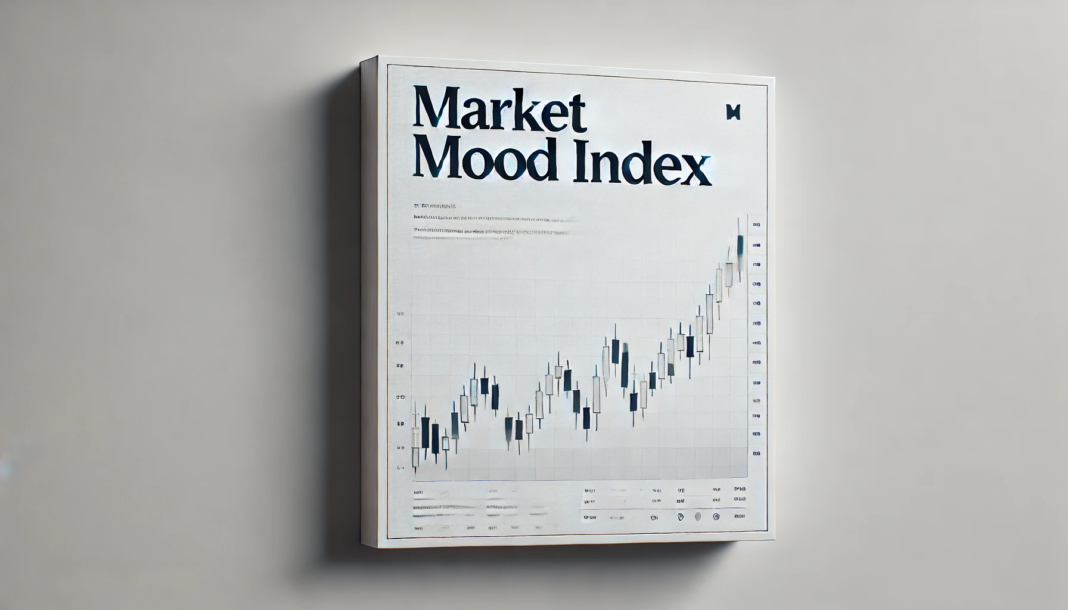Investors constantly seek tools and metrics to assist them in making informed decisions in the unpredictable world of the Indian stock market. One such trending analytical tool is the Market Mood Index (MMI). This article explores how the Market Mood Index influences long-term investment strategies, particularly within the realm of future option trading. As we delve into this topic, it is imperative to remember that all investors must gauge the pros and cons associated with trading in the Indian stock market.
Understanding the Market Mood Index
The Market Mood Index is a sentiment analysis tool designed to evaluate the prevailing moods of market participants. It’s calculated using various data points, including trading volumes, market breadth, price movements, and investor surveys. The MMI seeks to quantify the collective sentiment of market participants, categorizing it typically on a scale ranging from extreme fear to extreme greed.
An MMI in the extreme fear zone would indicate that investors are scared, likely leading to a drop in stock prices. Conversely, an MMI in the extreme greed zone suggests over-enthusiasm, often preceding a market correction. Understanding Market Mood Index allows investors to gauge whether the market sentiment aligns with their investment strategy.
Influence on Long-Term Investment Strategies
Risk Assessment and Management
A key advantage of incorporating the MMI into long-term investment strategies is enhanced risk management. For instance, if the MMI is in the extreme fear zone, a prudent investor may decide to hold off on additional investments fearing further stock price declines. Conversely, an MMI in the extreme greed zone may prompt investors to reassess their portfolios and potentially lock in gains.
Imagine a scenario where an investor has ₹10,00,000 allocated across diverse equity holdings. The MMI enters the extreme greed zone, signaling potential overvaluation in the market. By reassessing their portfolio, the investor might decide to liquidate a portion of their holdings – say ₹2,00,000 – to prevent potential losses during a market correction.
Timing of Entry and Exit Points
Market timing is a popular, albeit challenging, strategy where the MMI can be particularly insightful. By analyzing the MMI, investors can potentially identify favorable entry points during periods of extreme fear and optimal exit points during periods of extreme greed. Although long-term investment strategies often advocate for ‘time in the market’ rather than timing the market, the MMI offers an added layer of strategic insight into market conditions.
Consider an investor looking to enter the market with ₹5,00,000. If the MMI indicates extreme fear, this might present a potential buying opportunity as stocks are undervalued. Conversely, an MMI indicating extreme greed may suggest adopting a cautious approach or even partial liquidation of current holdings to preserve capital.
Diversification and Allocation
The MMI can also influence decisions regarding diversification and asset allocation. If the market sentiment, as indicated by the MMI, is highly volatile, an investor might choose to diversify their portfolio into less risky assets. This strategic allocation can significantly influence long-term returns by mitigating potential losses during market downturns.
Say an investor currently holds a portfolio valued at ₹20,00,000 with 80% invested in equities and 20% in fixed-income securities. Suppose the MMI indicates increasing market volatility. In such a situation, the investor might adjust their asset allocation to 60% equities and 40% fixed-income to cushion against potential market corrections.
Application in Future Option Trading
Future option trading involves contracts that allow investors to buy or sell an asset at a predetermined price on a specified future date. This highly leveraged trading instrument is sensitive to market sentiment, making the MMI a valuable tool for traders.
For instance, an MMI indicating extreme fear might suggest that option prices are lower due to market pessimism. In such scenarios, put options could be more popular as investors seek to hedge against further declines. Conversely, an MMI indicating extreme greed could result in elevated option prices, with call options gaining favor as traders anticipate continued market rallies.
Suppose an investor speculates that the Nifty 50 will rise based on a trending greedy MMI reading. They purchase a call option at an INR 15,000 strike price costing INR 200 per contract. If the index reaches INR 15,500 by expiration, the option’s value will increase, providing a significant profit. However, if the MMI misleads and the index falls, the investor risks losing the INR 200 premium per contract.
Conclusion
The Market Mood Index offers a quantitative approach to understanding market sentiment, significantly impacting long-term investment strategies by affecting risk assessment, timing, and diversification. Investors using future option trading must also consider MMI readings to gauge market conditions accurately.
However, it’s crucial to remember that relying solely on the MMI or any single metric can be misleading. Investors must carry out comprehensive analyses and consider multiple factors to devise well-rounded investment strategies.
Disclaimer:
Investors must evaluate all the pros and cons of trading in the Indian stock market. The MMI and other analytical tools are aids in decision-making but do not guarantee specific outcomes. Always conduct thorough research or consult a financial advisor before making any substantial investment decisions.
